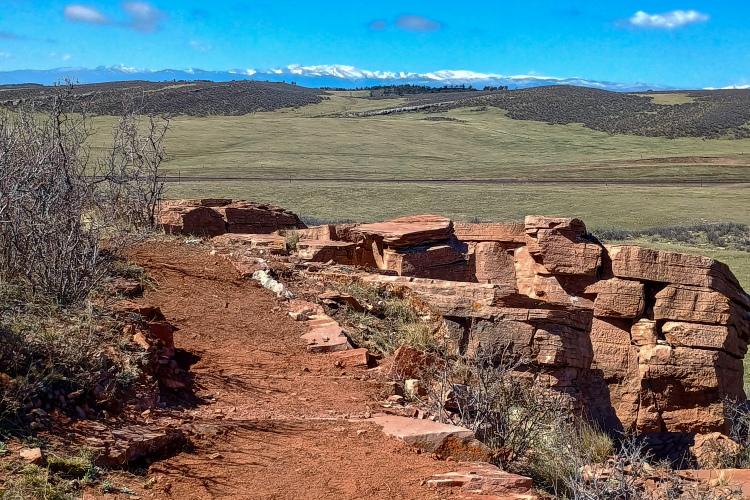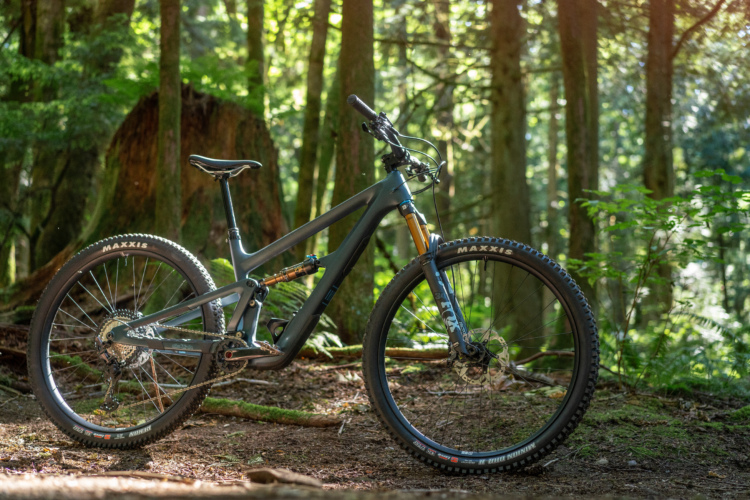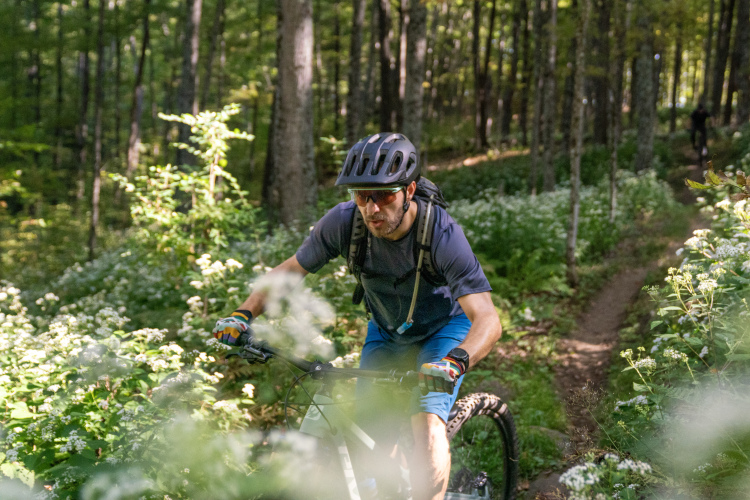Singletracks members have posted GPS data for nearly 2,000 unique mountain bike trails over the years, not to mention countless updates and additions to existing trail maps. In that time we’ve refined a set of tips and tricks for creating great maps using GPS data and thought now would be a great time to share what we know! Whether you’re mapping your local trail system to create an official trailhead map or you just want to help improve the quality of maps here on singletracks, here are some things to keep in mind in the field with your GPS.
Plan your route
Creating a useful and accurate trail map using a GPS takes a decent amount of planning before you hit the trail, especially for “network” trail systems with multiple connecting trails. Sit down with an existing map of the trails or at least a rough mental image of how the trails are laid out and plan a route that will take you on all the trails with the least amount of backtracking. And for completeness, be sure to hit all connectors and out-and-backs with your GPS in tow. Generally speaking, riding all the trails at once makes it much easier to produce a map than trying to piece together multiple rides over several days.
Dial in your GPS
Most GPS units have a data accuracy setting you can use to set the number of track points that are collected along your route. For best results, I recommend setting your GPS to record a trackpoint every second or at least every 2 seconds. By collecting the maximum number of data points, switchbacks come out looking as smooth as a snake and elevation plots roll instead of stuttering.
Along the same lines, I also recommend slowing down the pace for a mapping ride to make sure the GPS is tracking with the trail. It’s easy to get ahead of your GPS on a fast descent and your map will miss out on details along the way. If you notice your unit loses its satellite signal during the ride, stop and wait to reacquire the signal – you’ll thank yourself later.
Mark important features
Out on the trail it’s a good idea to mark certain features using the waypoint function on your GPS unit. You may want to include some waypoints on your finished map (like trail features or water fountains) while other waypoints can be useful reference points when you’re editing your map at home (trail intersections).
Admittedly, marking waypoints on many GPS units can be quite a chore, especially if you decide to name the points or add notes via the GPS. I usually skip the names and notes when I’m on the trail, instead making a mental note whenever I mark a waypoint. If you use a GPS fitness device without a dedicated waypoint button, you can simply press the “Lap” button to quickly add a marker (it will be labeled Lap 1, Lap 2, etc.).
Don’t let your GPS data go stale
Now, after you’ve collected your GPS data in the field, it’s time to clean things up on your home computer. Be sure to do this as soon as possible because all those mental notes you took on the trail tend to fade over time.
First, go back and add notes to any waypoints you marked along the trail. I prefer to use my GPS program’s “description” field for notes since the waypoint name field can be limited and many GPS units end up truncating the name anyway.
Next, follow the track on the screen and think back through the ride. Is that short line on the map there because you turned down the wrong trail and did a 180? Cut that section out. Does it look like a tight network loops back on itself when in reality it doesn’t? Remove the wayward track points to show the trail more accurately.
Finally, take a look at the elevation profile. Many GPS units have trouble producing accurate elevation numbers (smartphones and less expensive devices especially) so if something looks off, it probably is. Fortunately there are many online tools, including this one, that look up the correct elevations for your track file to help smooth things out.
The result
Once you’ve collected your data and cleaned it up a bit, it’s time to share! The great thing about having solid GPS data is there are so many uses for it: overlaying in Google Earth to visualize your ride, creating large scale maps for the trailhead, sharing online, or even providing the data to local emergency responders and land managers.
Accurately mapping a mountain bike trail takes just a bit more effort than strapping on a GPS and going for a ride but in the end the result is worth the extra effort!
What tips do you have for collecting killer GPS tracks on the trail?
















12 Comments
Jul 3, 2012
Jul 2, 2012
Sep 19, 2013
Any ideas or suggestions please?
John
Sep 20, 2013
If you have a smartphone, I recommend first trying a GPS app like Strava or Runtastic's MTB app. If you want a dedicated GPS unit, the eTrex series from Garmin is a good place to start. Also look at Garmin's cycling-specific units in the Edge series.
Jul 3, 2012
Then I use TrailRunner to merge multiple tracks as a sort of trail database to differentiate between good trail and game trails and "kind-of" trails and bushwhacks.
Jul 2, 2012
Jul 2, 2012
Is there a program I should download to make editing the GPS track easier? I have a Garmin but I haven't looked into editing anything yet.
Jul 2, 2012
IMO; for well marked trails few waypoints are needed, for poorly marked or non-existent signage, more waypoints are needed.
Jul 3, 2012
TopoFusion for PC is really awesome so I run Parallels on my Mac to access the program. I also use online tools like GPSVisualizer and of course GPSApp.net since they're cross-platform.
Jul 4, 2012
Jul 2, 2012
Jul 4, 2012